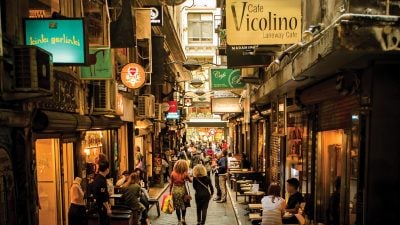Home / UK & Europe / For Wine Lovers, a France Vaca…
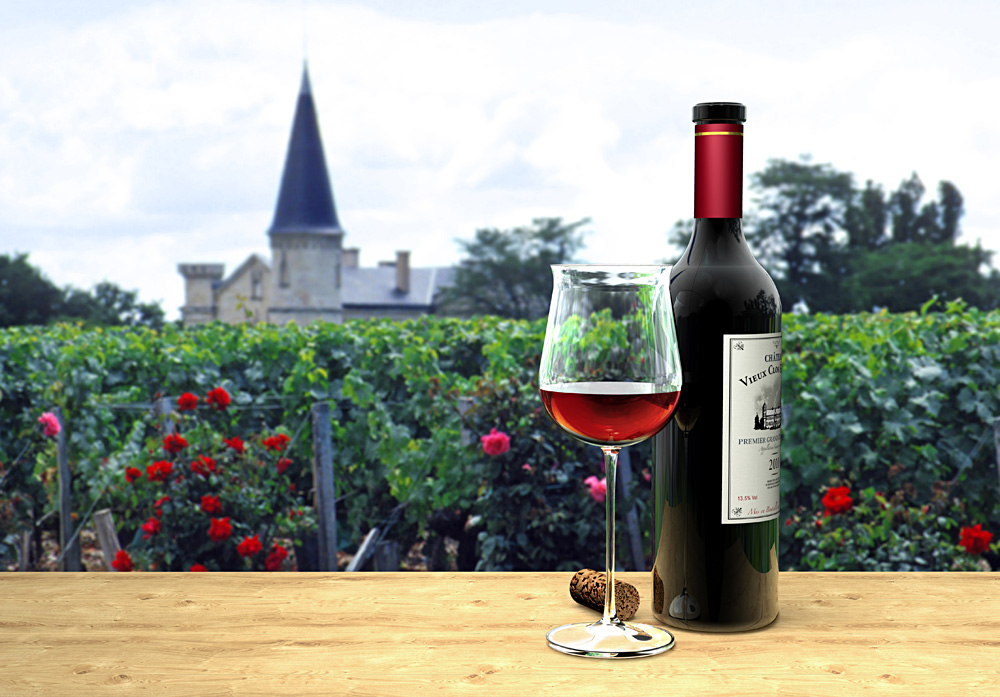
For Wine Lovers, a France Vacation Can Be Rewarding
France’s wine regions are not only about the grape but also about culture, history, and scenery – offering enough diversity to even interest non-wine lovers on their France vacation.
I must first admit to enjoying good wine (within my budget) and have taken several trips to the different wine regions in France covered below. Believe it or not, France produces between 7 and 8 billion bottles of wine per year. I must also admit that I am a big fan of French culture and lifestyle. In retrospect, I found, on these visits, so much more to enjoy besides the inclusion of the various wineries. My message is this. Don’t write-off the wine regions just because either you don’t drink wine or because you prefer whisky or beer. I am, by no means, the ultimate wine expert, although I did successfully acquire, after a pleasurable two-year evening course, the higher certificate for wine knowledge from the UK Wine Guild. For purposes of simplicity, I have divided this article into not only regions suitable on a France vacation, but also into their wine aspects and then other reasons to visit. Let’s check out a few.
Burgundy
The Wine
Burgundy is located to the south of Paris and to the north of Lyon. It is officially divided into 4 parts – Cote de Nuits, Cote de Beaune, Cote Chalonnaise, and Macon. Also, in my opinion, Beaujolais and Chablis are part of the Burgundy wine region. The region excels in both red and white wines. There are two main grape varieties used in Burgundy – Chardonnay for white wines and Pinot Noir for red. On one visit here on a France vacation, I stayed at a small country hotel and decided to have dinner there. I asked what wines were the hotel’s specialty and was told that their own home-produced wine would be found to be highly exceptional. It turned out that the hotel grew its own grapes in what looked like a small field at the rear of the building. The wine did indeed turn out to be exceptional.
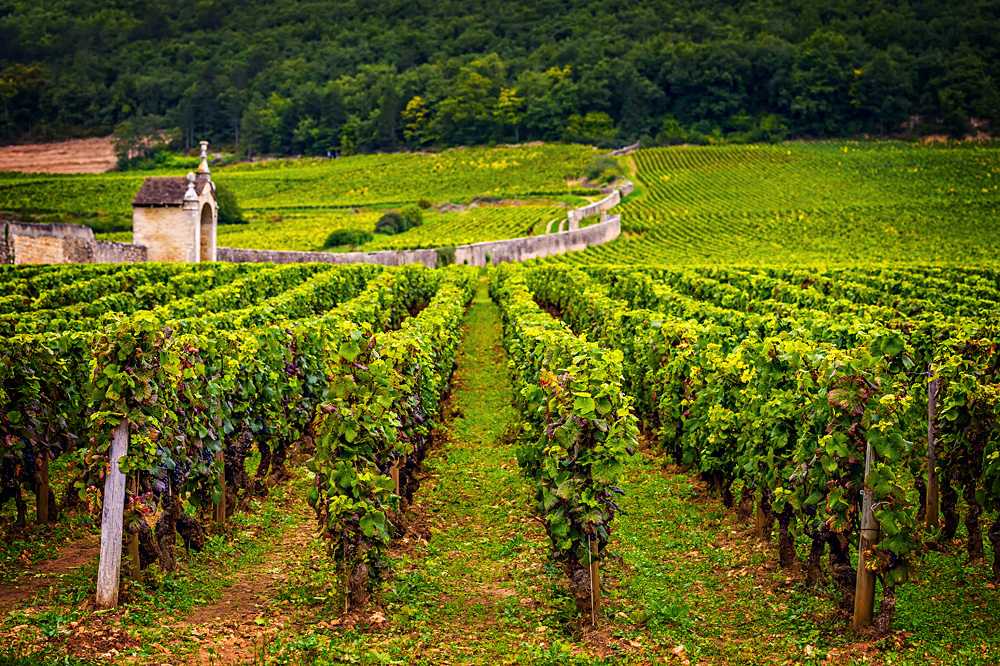
Other Attractions
Dijon is the capital city of the Burgundy region and can be used as a base for touring. It is known for its interesting architecture which ranges from Gothic to Art Deco. The well-preserved city centre has cobblestone streets, some wood-framed medieval houses, as well as some ornate 13th to 17th Century mansions. Check out the Musee des Beaux-Arts, which is housed in the Palace of the Dukes of Burgundy, as it contains an excellent collection of paintings, sculptures, and antiques. Dijon’s mustard is, of course, renowned and, naturally, the Musee de la Moutarde (Mustard Museum) is devoted to it. Beaune is perhaps the epicentre of the Burgundy wine region and definitely an excellent place to use as a base. It is a picturesque walled town surrounded by vineyards. The Hospice de Beaune, originally an ancient hospital, is a magnificent building with beautiful carvings and decorations, plus it also houses works of art. The Basilique Collegiale Notre-Dame is a church which combines Romanesque, Gothic, and Renaissance styles and contains a collection of exceptional 15th Century tapestries. On a walk around the town, you will find boutiques, vintners, and antique dealers all situated along its pedestrian streets. Do visit the Musee du Vin de Bourgogne, which will give you a good insight into the history and make-up of the Burgundy wine region. There are a number of medieval towns in the region to visit on a France vacation. I would single out the picturesque fortified town of Semur-en-Auxois – with its magnificent fortress and cobblestone streets, Vezelay – with its pretty alleyways, courtyards, and a well-preserved centre with 15th to 17th Century houses and ramparts, and Auxerre – known for its boutiques and casual restaurants. The old town of Auxerre is located next to the picturesque River Yonne and also contains wood-timbered houses and cobblestone streets. If chateaux are your thing, then you will find a number of them scattered around Burgundy.

Bordeaux
The Wine
Bordeaux, the region as opposed to Bordeaux, the city, is located in the south-west of France around the Gironde, Garonne, and Dordogne Rivers. Bordeaux covers an area stretching around 100 kilometres/ 60 miles both north to south and east to west. Because of its close proximity to the sea, it became a very important wine exporter for centuries, although today, it does have rivals. Red Bordeaux is often called Claret and is generally made from a blend of grapes. Examples of red wines which are generally made from a blend are Cabernet Sauvignon, Merlot, Cabernet Franc, and Malbec. White Bordeaux is made from Sauvignon Blanc, Semillon, and Muscadelle grapes. Well-known types of wine include Sauternes, Chateau d’Yquem, Medoc, Graves, Saint-Emilion, and Pauillac. And what wine fiends have not heard of the great ones, such as Chateau Lafite-Rothschild, Chateau Margaux, Château Latour, and Chateau Mouton-Rothschild?
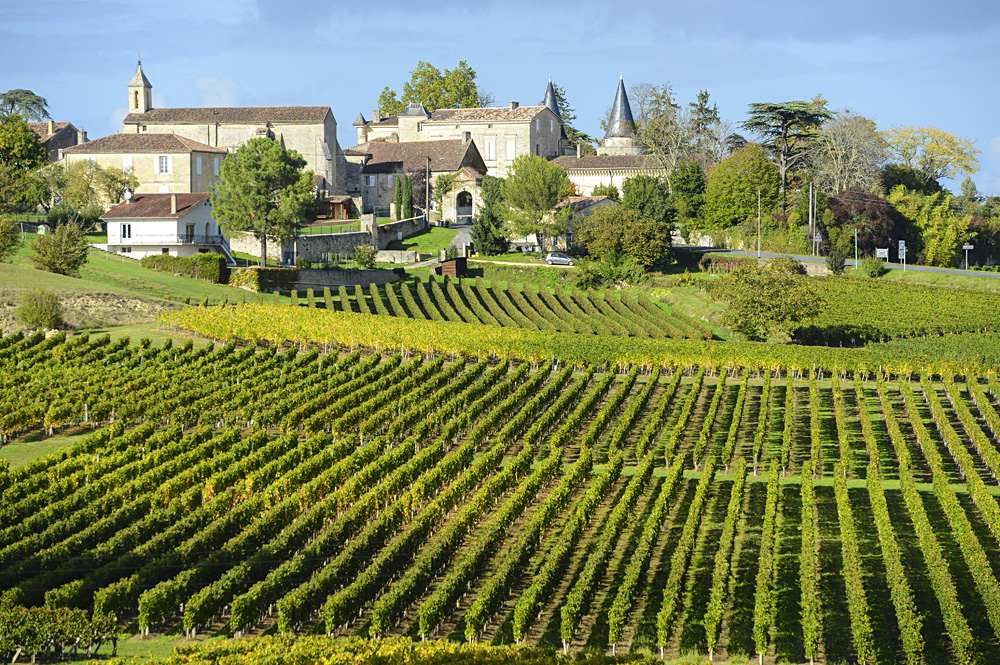
Other Attractions
The obvious choice for exploring the region and to enjoy a fascinating and beautiful city is Bordeaux itself. It is not only extremely convenient for excursions into the wine producing areas but is also a historical city which has been awarded UNESCO World Heritage status. After Paris, Bordeaux has the highest number of preserved historical buildings of any city in France. One of Bordeaux’s attributes is that it lies on the banks of the Garonne River. A stroll down the quays of the river will immediately immerse you in history. The first thing that will strike you about Bordeaux is the elegance of its many classical buildings from the 18th century found in the centre. Like Paris, it is the architecture which creates the charming ambience. An excellent example of this is the Place de la Bourse, built in the mid-1700s. A wonderful Gothic edifice, the Bordeaux Cathedral dates back to the 11th century. The masonry carvings are very interesting, as is the 50 metre / 180 feet high belfry. You can climb the tower’s 231 narrow steps after which the reward will be spectacular panoramic views of the city. Bordeaux is also a city with more than its fair share of museums and art galleries. The Musee des Beaux-Arts here includes Flemish, Dutch, and Italian paintings from the 17th century. The Bordeaux Wine and Trade Museum, which is located in the building of an old wine merchant, is where you can learn about the history of the wine trade with artifacts, videos, and a guided tour, followed by a personal wine tasting and presentation of wines of the region by one of the staff.

The Loire Valley
The Wine
The third largest wine producing region in the country, the Loire Valley is interestingly France’s second largest producer of sparkling wines after Champagne. It is known as the “Garden of France” due to the abundance of vineyards and fruit orchards which are to be found along the banks of the Loire River. The vineyards are spread out in the region, as the area stretches 280 kilometres/170 miles. Some of the better-known wine types are Muscadet, Pouilly Fuisse, Pouilly-Fume, Vouvray and Sancerre, all white wines. However, the red wines are also very acceptable and Anjou Rose is very popular. The grape varieties include Chenin Blanc, Sauvignon Blanc, Cabernet Franc, Gamay, and Pinot Noir.
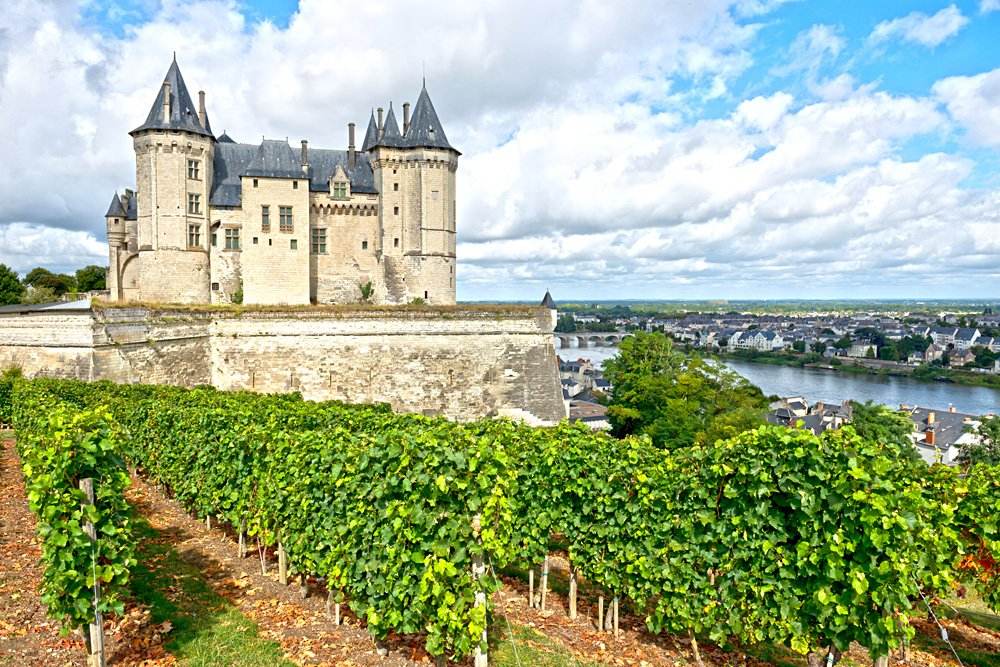
Other Attractions
The Loire Valley is very accessible, being one hour by train and two hours by road away from Paris. A major reason to visit on a France vacation is the large number of superb chateaux of which there are over 300 of them in the Loire Valley. The first to be built was in the 10th century and they were continually built for the next 500 years for French royalty and French nobility. Some of the better-known chateaux are the Chateau de Chenonceau, located near Tours and one of the most elegant, the Chateau de Chambord, the largest chateau in the Loire Valley located close to the town of Blois, the Chateau de Villandry near Amboise, with its six wonderful landscaped gardens, some of the finest anywhere in France, the Chateau d’Amboise, situated in the town of Amboise where Leonardo da Vinci once stayed on and off, and the Chateau d’Azay-le-Rideau, near the town of the same name, considered one of the best examples of early French Renaissance architecture. There are a number of wonderful medieval towns and cities to spend time in. Tours is the largest city in the Loire Valley and is famous for its original medieval district called Le Vieux Tour, with its preserved half-timbered buildings and the Gothic-styled Saint-Gatien Cathedral built during the 13th and 14th centuries with its remarkable stained-glass windows. Orleans is the city of Joan of Arc, “The Maid of Orleans,” whose house has been recreated to resemble the original. Here you can find half-timbered medieval houses and a selection of museums.
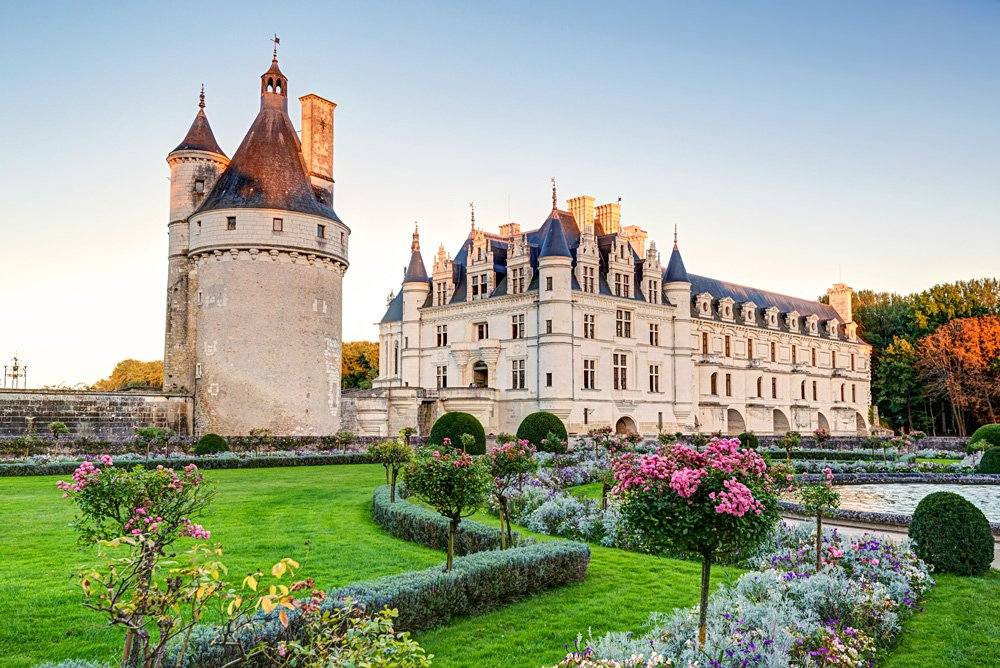
Blois is a very attractive place in which to spend time. The Chateau Royal de Blois is a work of extraordinary medieval architecture and the Musee des Beaux-Arts (Fine Arts Museum) has a fine collection of 16th to 19th century paintings, sculptures, and tapestries. Another historic town is Saumur, which is surrounded by vineyards. The skyline of this historic town is exceptionally attractive and includes the Chateau de Saumur. Angers was once one of the intellectual centres of Europe. The old medieval centre is dominated by the huge Chateau of the Plantagenets, which has the biggest medieval tapestry collection in the world.
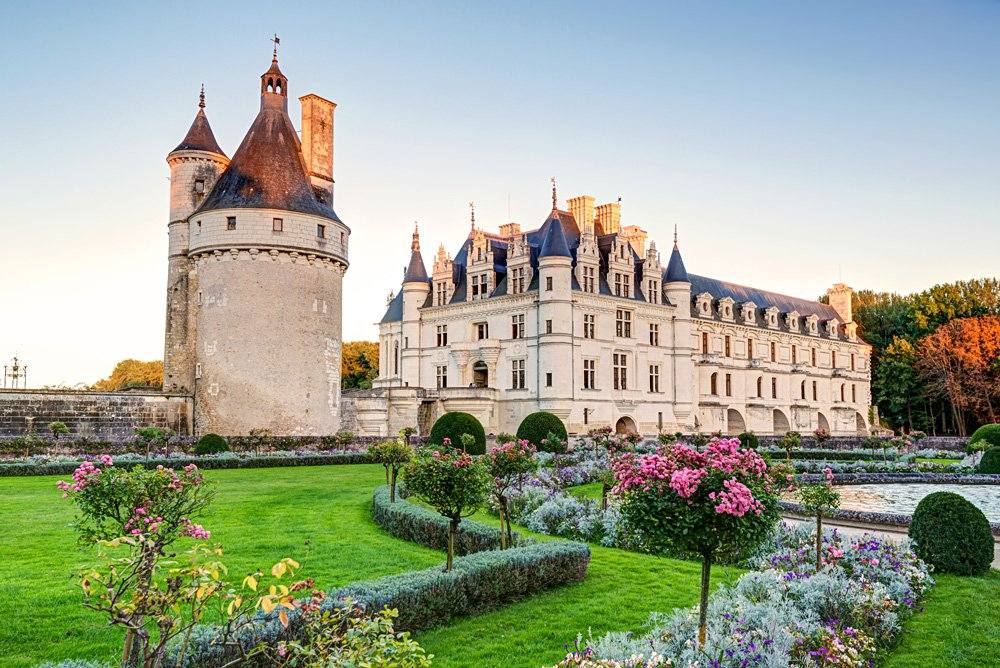
Related Article:
The Lure of the Loire Valley in France
Champagne
The Wine
Let’s start off on the right foot. Yes, it is known as bubbly but many sparkling wines could be called this. Any self-respecting French wine expert will tell you that champagne can only be called champagne if it is produced in the Champagne region. Everything else is sparkling wine if it is made by the same process of a secondary fermentation technique called “methode champenoise,” which gives it its “bubbles.” The primary grapes used in the production are black Pinot Noir and Pinot Meunier and sometimes, white Chardonnay. The Champagne region is situated in Northeast France and is suitable for this particular wine due to its chalky soil and cooler winters. Many of the best-known types of champagne have become household names such as Mumm, Bollinger, Heidsieck, Moet et Chandon, and Taittinger.
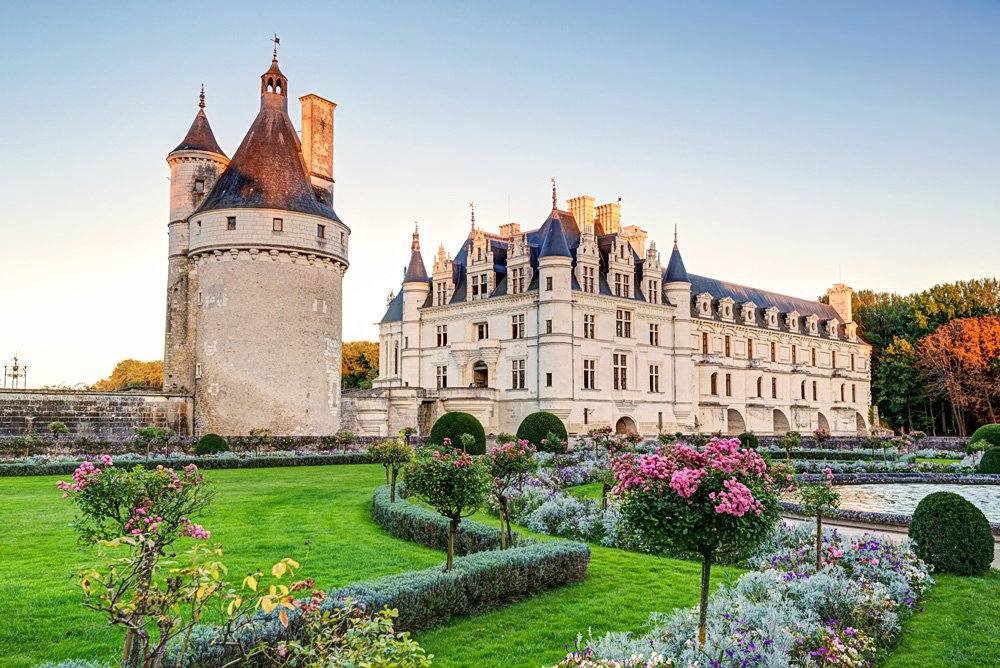
Other Attractions
Reims is the largest city in the region and its major attraction is the Notre Dame Cathedral, which will make you look twice when you first see it. It is a huge edifice which towers over the city. It was first constructed in the 13th century and has been the site of more than 30 royal coronations over time. There are two UNESCO World Heritage sites in the city, the St. Remi Basilica, an 11th Century Benedictine abbey, and the Palais de Tau, where French princes stayed before their coronations. Reims is home to the headquarters of Taittingers and Moet et Chandon, excellent places to learn exactly how champagne is produced. The Musee des Beaux-Arts is located in an 18th century abbey and has a number of great works of art on display. Epernay is the real centre of the champagne industry. Spread around the town in the countryside is the region’s many wineries, most of which offer tours and tastings. Troyes is a historic town with buildings largely made of wood. In the town centre, there are ten churches, all very old, many of which have magnificent stained-glass windows. There are also some wonderful old residences which belonged to the French aristocracy.
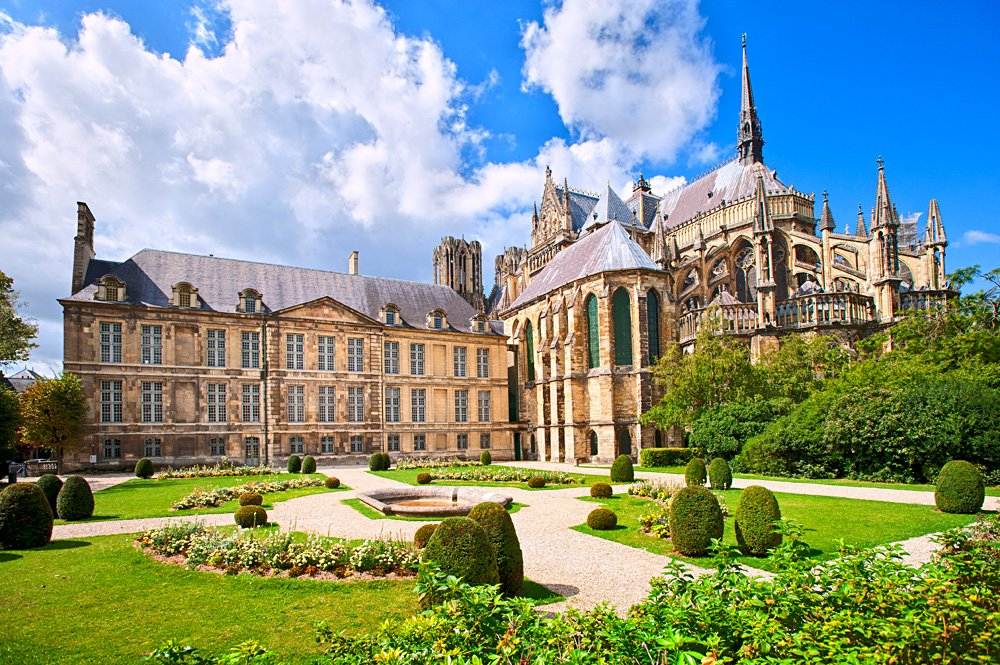
Alsace
The Wine
Because of its proximity to Germany, some of the Alsace wines are similar in variety to those found in France’s neighbouring country. Alsace runs along the border of France and Germany in Northeast France and is located on the lower slopes of the Vosges Mountains in the Rhine Valley, between Strasbourg and Mulhouse. It is well-known for its white wines such as Riesling, Pinot Gris, and the very aromatic, fruity and spicy Gewurztraminer. The latter was once described by a wine expert as smelling and tasting like a “tart’s boudoir!”

Other Attractions
Strasbourg is the European capital, and a visit here will charm you. The city centre has been awarded a UNESCO World Heritage listing. Reasons to enjoy Strasbourg include the imposing Notre Dame Cathedral, dating back to the 12th century with its beautiful stained-glass windows and tower which is the tallest cathedral tower in France. Also listen to the 300-year-old clock chime at various times. The Gothic St. Etienne Cathedral is known for its golden spires and its interior which contains a collection of stained-glass windows ranging from the 13th to the 20th centuries. Petite France is the name given to the small area by the river and is home to some of Strasbourg’s prettiest and most attractive streets and buildings, with half-timbered townhouses and narrow cobblestone streets.
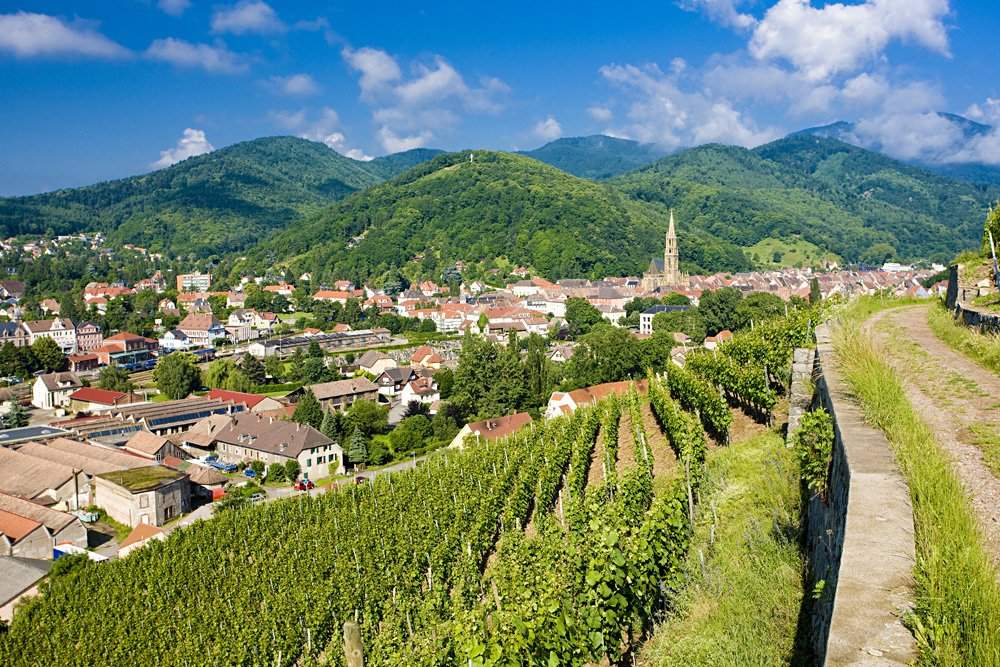
Colmar is the wine capital of Alsace and full of atmosphere. It is more than quaint with its half-timbered houses, cobblestone lanes, and bridge-laced canals. Definitely visit the Little Venice quarter which can be explored on foot or on a tour rowing boat. It is a picture-perfect neighbourhood with canal-side restaurants, quaint pedestrian bridges and colourful half-timbered houses. Riquewihr has been called one of the most beautiful villages in France. It remains unchanged over the centuries and has retained its character. It gives an idea of how a village in the region looked 400 years ago. It has it all – fortified walls, stone entrance gates, cobblestone streets, attractive courtyards, fountains, and brightly painted half-timbered houses.

So there you have it for your next France vacation – sampling the nectar of the gods combined with some of the best French culture. I raise a toast to the wine regions of France.
Get more travel inspiration by email.
Subscribe
0 Comments

Get the latest travel trends & hear about the best deals on vacations around the world.
If you’re a Globetrotter, these are the newsletters for you!
